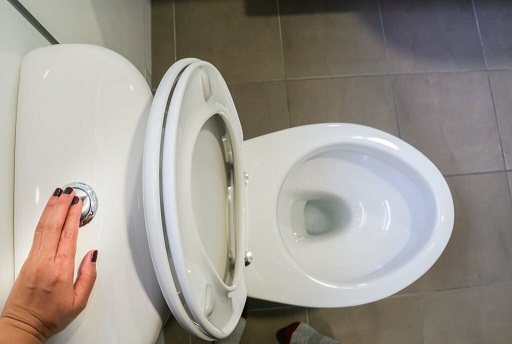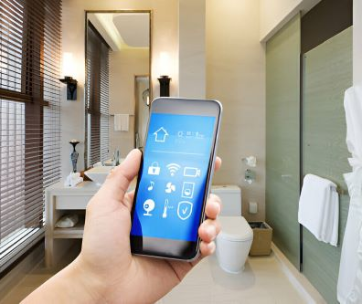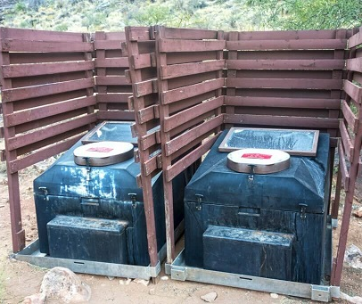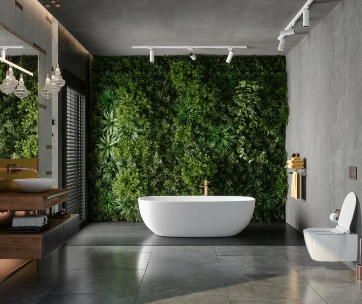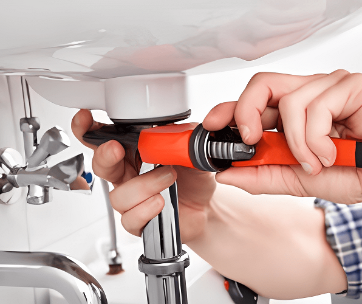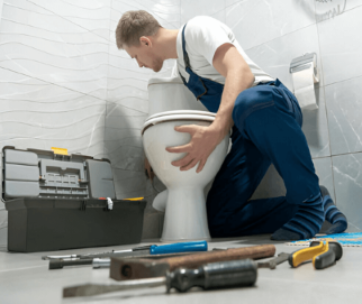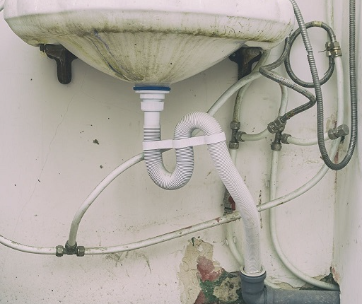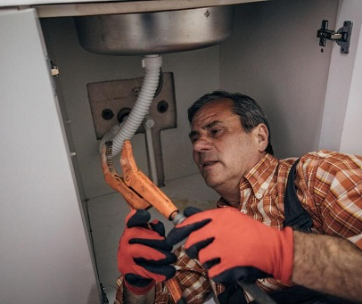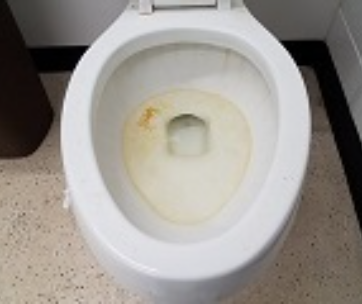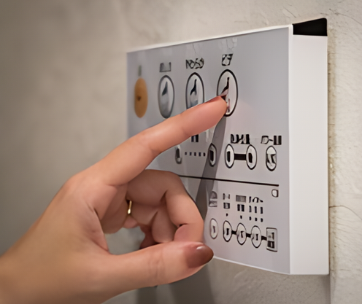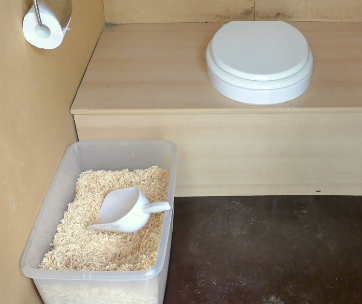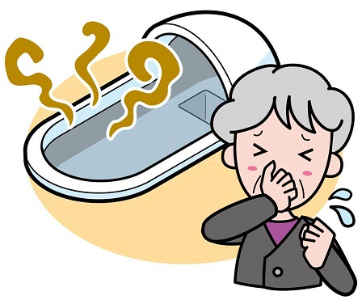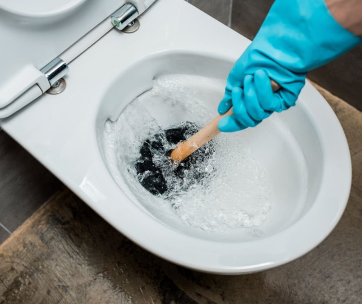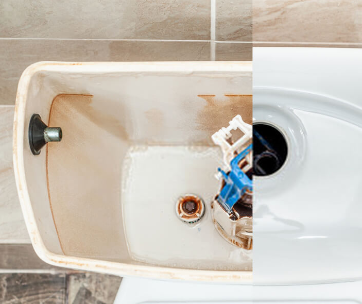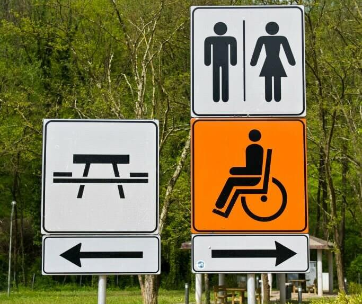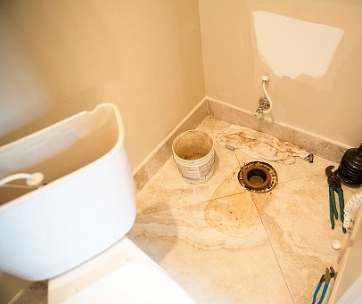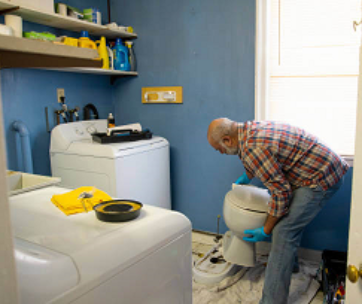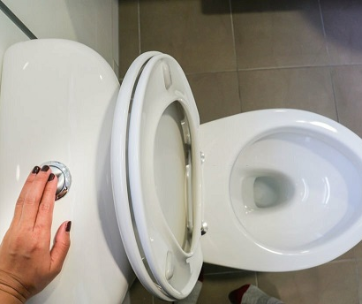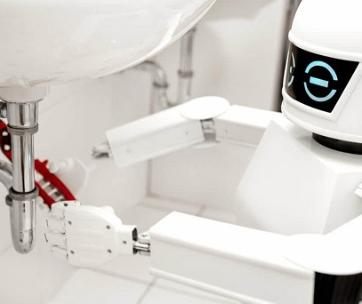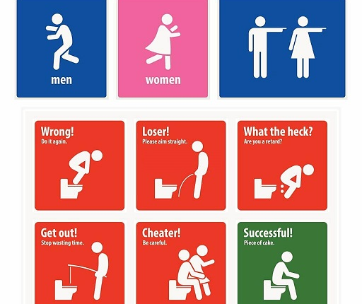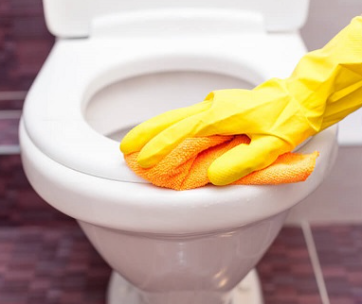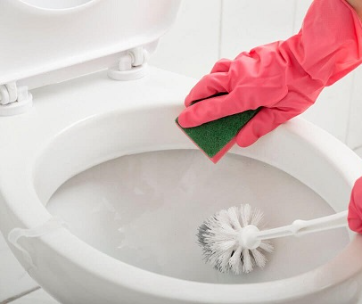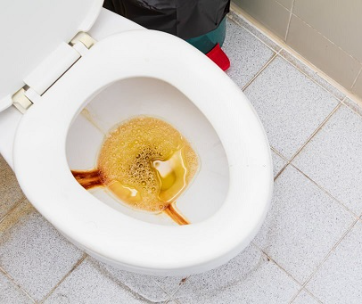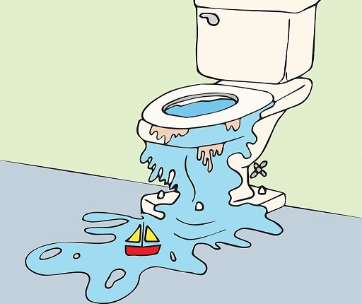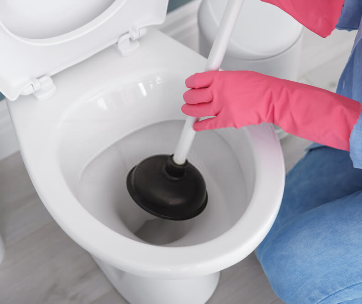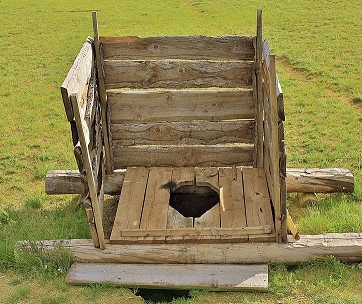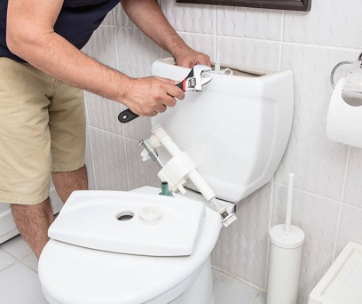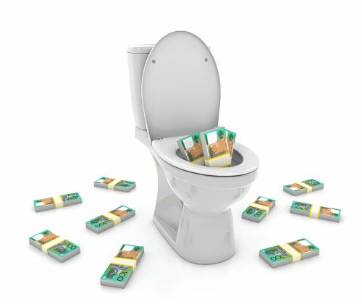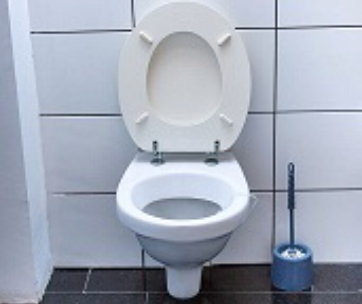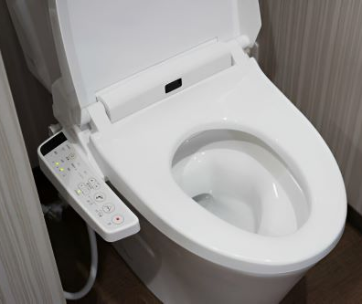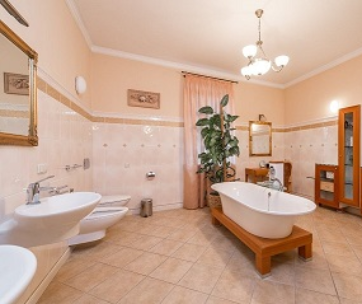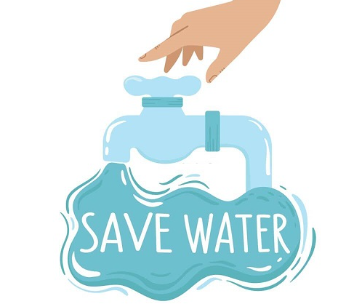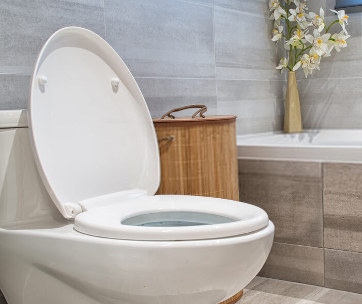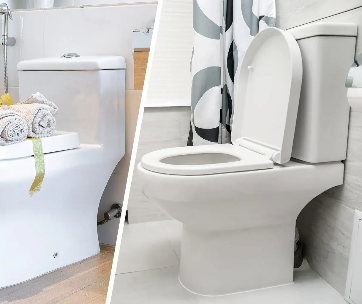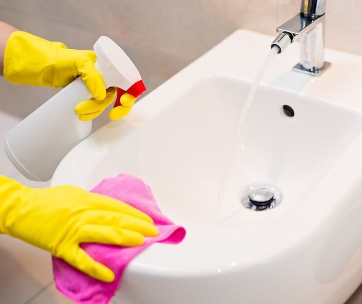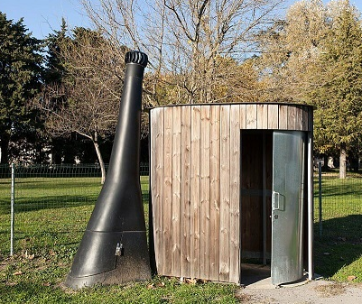The world has an increasing desire for a better environment that is sustainable for living.
Adopting water-saving toilet technologies is one of the recent innovations that has significantly impacted the journey toward an environmentally friendly ecosystem. The flush toilet, known for sanitation, is criticized for water wastage, thus prompting the need for efficient water-saving toilet technologies due to scarce water resources.
The need for cost reduction has led to the development of innovative toilet technologies that save water while still providing sanitation and convenience for all. The bathroom underwent advanced transformations, including introducing innovative water-saving toilet fixtures.
A dual flush toilet is a water-saving system that promotes eco-friendly bathrooms.Several innovative mechanisms contribute significantly to the journey to more evolved water-saving toilet technologies.
We will dive deep into technologies that have brought forth these revolutions, their environmental implications, and how they are part of a water-saving lifestyle.
Why are water-saving toilet technologies critical to modern lifestyles?
The need for water-saving toilet technologies can't be overstated in today's world, surrounded by many environmental challenges, including limited water resources.
In every household, toilets consume a large percentage of water, therefore crucial in water consumption upheaval. Traditional flush toilets have received several criticisms, one being that they consume lots of water, leading to the development of more conservative technologies.
Natural Resources Conservation
Due to climate changes and increased world population, water is scarce in various regions worldwide.
More advanced water-saving toilet technologies, such as double flush systems and pressure-assisted toilet fixtures, reduce the amount of water usage, which in turn minimizes water wastage.
Solution towards water scarcity
According to the United Nations, by 2025, two-thirds of the world’s population will be experiencing water scarcity. Regions facing water scarcity see water saving as an essential and critical move.
Water-saving toilet technologies are a solution to reducing stress towards insufficient water supply to homes while still meeting the much-needed sanitation requirement.
Lessens environmental impacts
Water transportation and treatment process contributes to environmental pollution brought by carbon emission. A water-saving toilet technology leads to less water wastage and, therefore, a cleaner ecosystem.
Cuts utility costs
With high economic times experienced worldwide, water-saving toilet technologies help families cut costs by huge percentages through lowered water bills, which means the most significant financial gain.
A home inclined towards saving contributes to environmental conservation, economic prudence, and self-reliance.
Adherence to local standards
Many governments have set policies to ensure the conservation of scarce natural resources, which are to be adhered to by plumbers and toilet fixtures. Water-saving toilet technologies comply with the set standards and are on good terms with the government.
Contributes to sustainable living
Everyone desires a more comfortable home. The choice of household fixtures significantly impacts this course.
Through the adoption of water-saving technologies, a home contributes significantly to ensuring a more sustainable lifestyle. It’s a way of establishing prudence in using and conserving natural resources daily.
Advancement for user-friendly fixtures
Introducing water-saving toilet technologies demonstrates an advancement of user-friendly and comfortable fixtures. Toilet systems such as dual flush, touchless, and touchless flush fixtures contribute to water saving while promoting a user-friendly experience.
Suitable for changing demographics
Rural-to-urban migration has necessitated water-efficient household fixtures that serve the young and older population. Water-saving toilet technologies are designed with features that address the changing demographic landscape while serving a much broader landscape.
Types of Water-Saving Toilets Technologies
Dual flush water-saving toilet technology

Dual flush toilets are an example of water-saving technology advanced from the traditional flush toilet. It provides the user with fixtures that reduce water consumption and give a more comfortable user experience
The toilet has a flush system that offers the user an option of a partial flush for liquid waste and a full flush for solid waste. Compared to the traditional single-flush toilet, the shift to a dual-flush system significantly impacts water conservation campaigns while still serving the core responsibility of establishing a healthy home.
Let's dig deeper into the functionality of a dual flush system to understand how it operates.
System Overview
The dual-flush mechanism forms the heart of dual-flush toilets.
The system has two buttons on top of the toilet tank: one is designed for low-volume flushing, and the other is intended for low-volume flushes. The buttons are well-indicated, making it easier for the user to know which one to use.
Liquid waste flush
At the top of the toilet tank is the partial flush button with a symbol of a low flush icon- best designed for liquid waste disposal. This mechanism has reduced water volume by mainly 3-4 liters per flush, making it an efficient way to save water.
Liquid water requires less water for disposal; therefore, this is an eco-friendlier water-saving toilet technology that is eco-friendly.
Solid waste flush
This is an optional design for solid waste. A double droplet symbol or standard icon is at the toilet tank's top. Every flush is designed for approximately 6 to 7 liters of water, avoiding unwanted water wastage.
Water conservation
The main advantage of a dual flush toilet system is the reduction of water usage.
The system gives users a flushing option depending on the type of water they want to flush down, reducing household water usage.
According to research, a dual toilet system is an advanced water-saving toilet designed to reduce 20% of water consumption compared to the traditional single-flush bathroom. This attribute makes dual flush systems both eco-friendly and user-friendly techniques.
Cost Saving
Besides saving the ecosystem, dual flush toilet saves users lots of money. The system reduces water consumption, therefore lower water bills, thus a lifetime reduced cost. With the economy down, dual flush toilet is the best option for households as it not only serves as a way of conserving the environment but a mean for cutting operational costs.
World standards and policies
Many construction companies are adopting dual flush water-saving toilet technology as a feature for household fixtures.
Several countries have set regulations and policies requiring homeowners to use more water-saving toilet technologies, further promoting dual-flush toilet systems.
Installation, maintenance, repair, and retrofitting
The system comes with guides similar to the traditional single-flush toilet installation guide. Both the repair process and maintenance are identical. In addition, a conventional single flush system can be advanced to a dual flush system using a retrofit kit.
A dual-flush toilet is an advanced single-flush system that is more sustainable to the environment and the users. Giving users a flush option is simple for water conservation, contributing to a more sustainable future environment.
Pressure-assisted water-saving toilet technology

System Overview
The need for more water-saving toilet technology has led to the rise of pressure-assisted toilet systems. The system serves as a solution for efficient plumbing technology that has completely changed toilet water consumption.
Pressure-assisted toilets use compressed air to optimize efficient and powerful flush with less water.
Interested to find out more? Let us explore the key features of this water-saving toilet technology and how it's designed to maximize functionality and ensure a hygienic and safe environment.
Compressed Air
The system uses compressed air to speed up the flushing process. It has a sealed pressure vessel that keeps air inside the tank.The pressure forces water into the bowl whenever a flush is initiated, leading to a more robust flush than standard gravity-accelerated toilets.
Less water usage
The pressure-associated flushing system's main feature is that it uses less water to deliver huge flushes. Compared to the traditional toilet system, which uses 6 to 7 liters of water for a single flush, the compressed air-enhanced flushing system uses 3.8 to 4.5 liters per flush, contributing immensely to environmental conservation efforts.
Prevent system blockages and clogs.
Areas with old plumbing systems often experience system clogging, leading to sewer line blockage.Compressed air water-saving toilet system generates forces that assist in waste propelling through trap ways, making the drainage process more efficient.
Best for commercial use
Commercial buildings with high uses, such as restaurants and public facilities, find pressure-assisted toilet systems more efficient. The system is known for enhancing performance by creating a more thorough waste disposal environment, leading to cleaner environments.
Reduced maintenance cost
The traditional toilet system was known for frequent maintenance and repairs. Compared to the conventional method, a pressure-assisted water-saving toilet system requires little maintenances.The system has reduced clog instances, fewer blockages, and a reliable flushing system, translating to reduce repair and maintenance calls.
Noise pollution
The water-saving toilet technology has been attributed to causing noise pollution, especially in offices and residential areas. The benefits of the pressure-assisted toilet system are far higher than the noise associated with the system. Technology continues to address the disadvantages of a better design.
Installation, maintenance, and repair
The installation and maintenance process is similar to the traditional gravity toilet. The system can be installed easily in both new and old constructions. The retrofit is straightforward for anyone who wants to advance from traditional toilets to a pressure-assisted system.
Environmental conservation regulations
Several organizations worldwide have established environmental sustainability goals to which pressure-assisted water-saving toilet technology adheres. The system meets home and commercial users' water conservation and efficiency standards.
The pressure-assisted toilet offers the best solution for efficient water usage and satisfying performance.
Innovative Water Saving Toilet flushing systems
A single technological change can transform every aspect of our lives. Our thoughts about water conservation and cost minimization have consequently been shaken . As we dive into the world of more innovative water-saving toilet flushing systems, we will aim to understand their features and their role in our bathrooms.
Sensor-activated toilet flushing system

The use of hands is believed to be the leading cause of contamination, thus necessitating a hand-free toilet flushing system.
The Sensor-activated flush system.
The system is more efficient for use in public areas with a massive traffic flow of people. It is designed to automatically trigger the flush with no contact with the flushing handle, minimizing the risk of transmission of micro-organisms.
Touchless toilet flushing system.

Oh la! la!, better and simplified processes! Touchless toilet is designed to initiate the flushing process by simply waving over the sensor. The apparatus can be used both in public and residential bathrooms.
This systemization promotes hygiene with common bathrooms and aligns well with public health and sanitation guidelines.
Customized innovative toilet flushing system.
The introduction of technology into the bathroom has given users options for customizing each flush to suit specific needs.
Smart toilets have features allowing users to choose and adjust the water volume to suit their preferences. Some high-tech water-saving toilet technologies can recognize user patterns and optimize usage patterns for increased efficiency.
Improved old-designed toilet flushing system
Many people prefer advancing the traditional gravity toilet to a more sophisticated water-saving toilet technology to increase efficacy while saving on cost.Using a trap way design and a more enhanced toilet bowl with a flush away valve, a traditional toilet is transformed to reduce water consumption.
Improving a traditional toilet means enhancements can be achieved by refining and repairs.
Rainy water toilet flushing system
The source of flushing water has also been used in various innovative approaches. Some modernized toilet flushing systems have been designed to harvest rainy water for flushing purposes, contributing to water conservation at zero cost.
Conclusion
To sum it all, water-saving toilet technology is an efficient household fixture and lifestyle upgrade. It is a worthwhile course inclined towards a sustainable and reliable future by embracing eco-friendly technologies, and every flush is a step towards conservation.
Water-saving toilet systems significantly impact the automation transformation in our households, saving us both on cost and health. The premier models offer more advanced approaches to a more sustainable ecosystem.
In drawing things to a close, innovation has dramatically contributed to the conservation of the environment through water-saving toilet techniques. It has led to more efficient, less costly, and easier ways to safeguard water and other natural resources. We can also establish a healthy living and working environment by restyling.

